Commemoratives
Commemorating Courage: The Battle of Britain Coin Range
In the summer of 1940, the skies above Britain became the front line of one of the most defining moments in modern history—the Battle of Britain. As Nazi Germany launched its relentless aerial assault, it was a group of young Royal Air Force pilots, many barely out of their teens, who stood as Britain’s last line of defence.

Against impossible odds, these brave men—later immortalised by Winston Churchill as “The Few”—repelled the Luftwaffe and changed the course of the Second World War. Their courage, determination, and sacrifice remain a source of national pride and international admiration to this day.
85 Years Later: Honouring a Nation’s Finest Hour
This year marks the 85th anniversary of the Battle of Britain. To commemorate this momentous occasion, a new range of limited edition coins has been released, celebrating both the heroism of the RAF and the historical legacy of the battle itself.
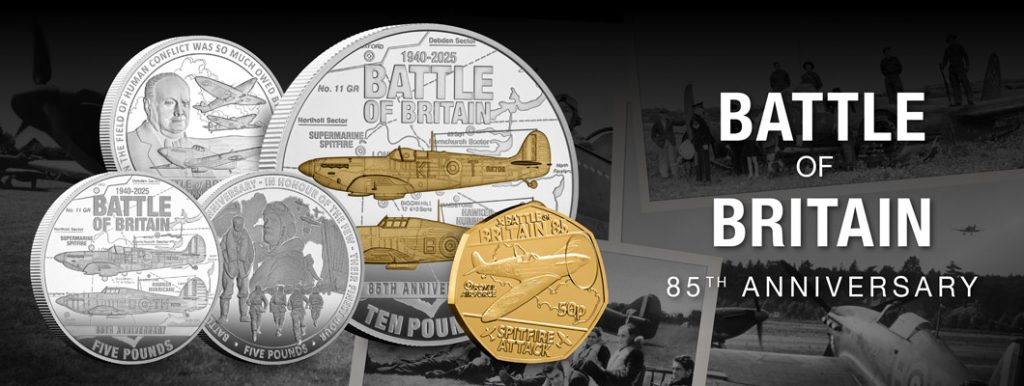
More than just currency, these coins are miniature works of art—crafted with exceptional detail, officially licensed by the RAF, and struck to the highest collector standards.
Here are three standout releases in the new commemorative range:
🔷 The Official RAF Battle of Britain 85th Silver 50p Set
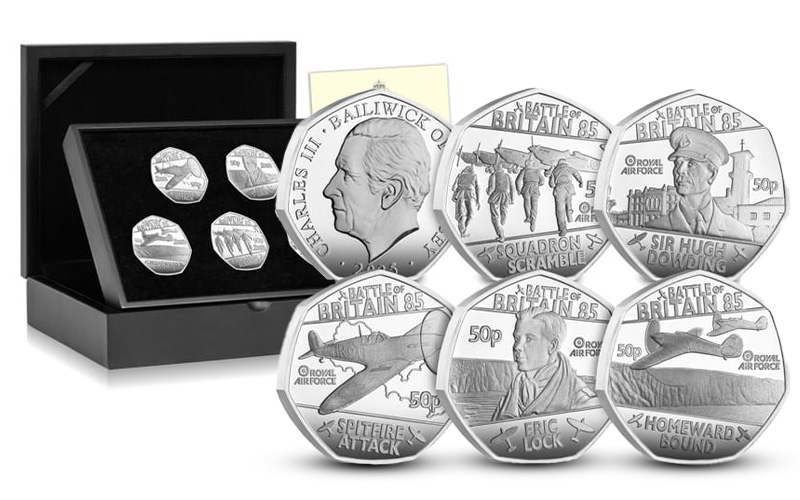
Limited to just 450 worldwide, this exclusive set includes five silver 50p coins, each one illustrating a key scene from the battle. From the iconic Spitfires soaring in formation to the resilience of those on the home front, this set offers a complete narrative in precious metal.
👉 Explore the 50p Silver Set
🔷 The Battle of Britain 85th Anniversary Silver 5oz 50p – Special Edition
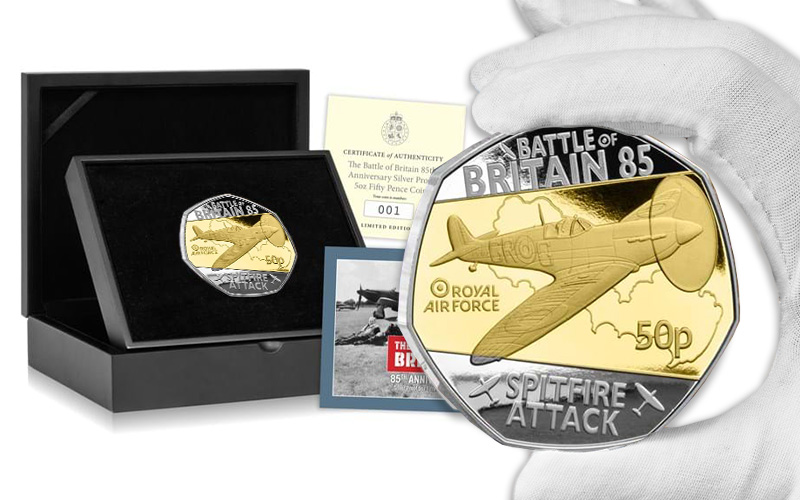
Crafted from a substantial 5oz of Pure Silver, and finished with selective 24-carat gold plating, this stunning large-format coin is limited to just 200 pieces worldwide. A commanding tribute to one of history’s greatest aerial battles.
👉 See the 5oz Special Edition
🔷 The Battle of Britain Silver Proof £5 Set
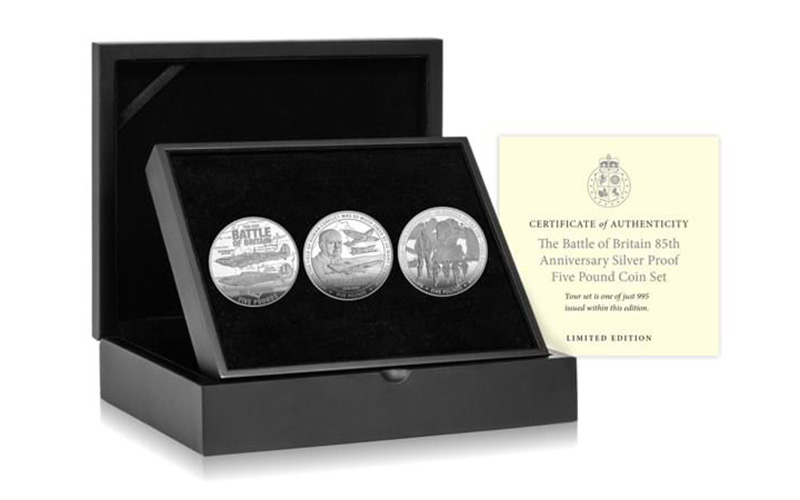
Struck in pristine silver proof quality, this set combines timeless coin artistry with a heartfelt tribute to “The Few”. It’s the perfect way to mark this historic anniversary.
👉 Discover the £5 Silver Set
Preserve History in Your Hands
Whether you’re a lifelong collector or simply someone who appreciates British history, the Battle of Britain 85th Anniversary Coin Range is a powerful way to honour the heroes of 1940. These editions are strictly limited and expected to sell out quickly.

The £2 Coins Celebrating the UK’s Quirkiest Traditions
From hilltop chaos to apron-clad pancake dashes, Britain has a proud history of gloriously eccentric customs — and in 2025, they’re finally getting the celebration they deserve. This year, a brand-new series of £2 coins shines a light on five of the most delightfully bizarre and brilliantly British traditions. Whether you’re a seasoned collector or a newcomer with a love for all things offbeat, this limited-edition coin release is your perfect slice of homegrown heritage.
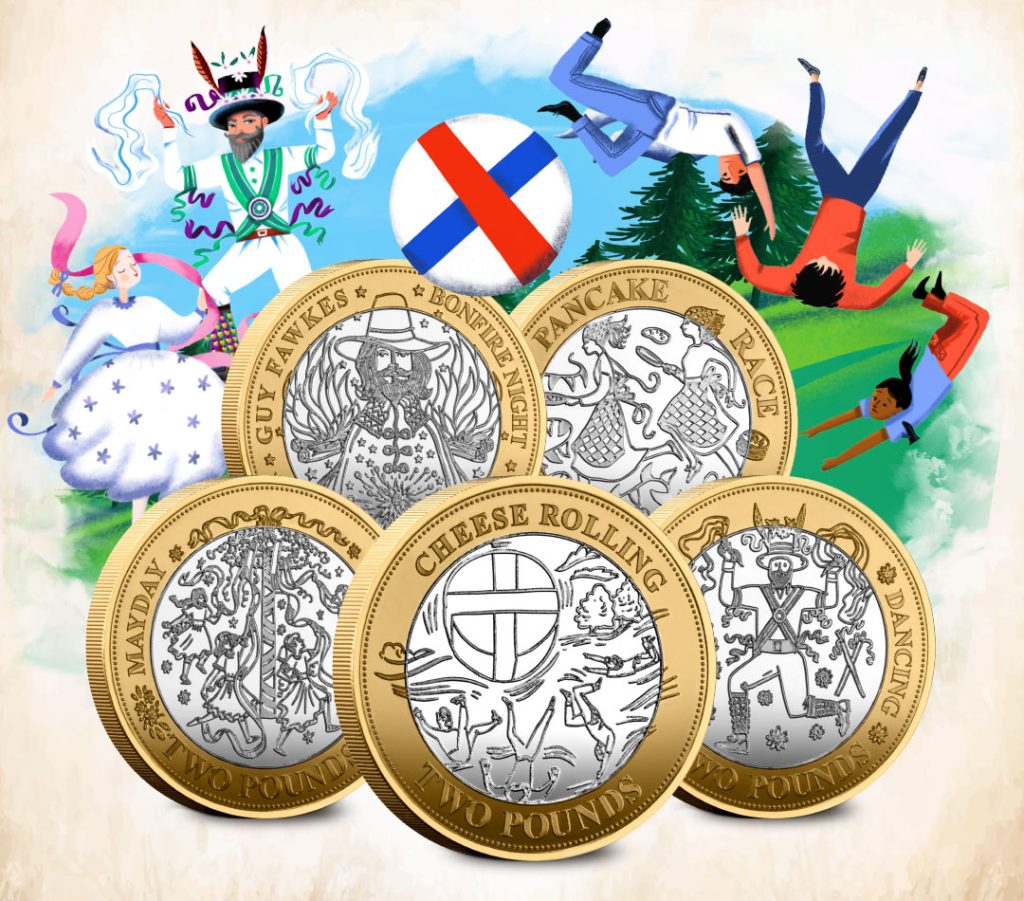
A Tribute to Britain’s Quirky Heart
It’s no secret that Britain loves a good tradition — the weirder, the better. And now, this latest coin release captures that spirit in Sterling Silver and Brilliant Uncirculated brilliance. Introducing the British Traditions £2 Coin Collection: five intricately designed coins that pay homage to the eccentric events that make our national calendar so colourfully unique.
So, what’s in the £2 set?
Whether you’re collecting the gleaming Sterling Silver Proof edition, or the crisply detailed Brilliant Uncirculated version, both sets feature the same five wonderfully weird events:
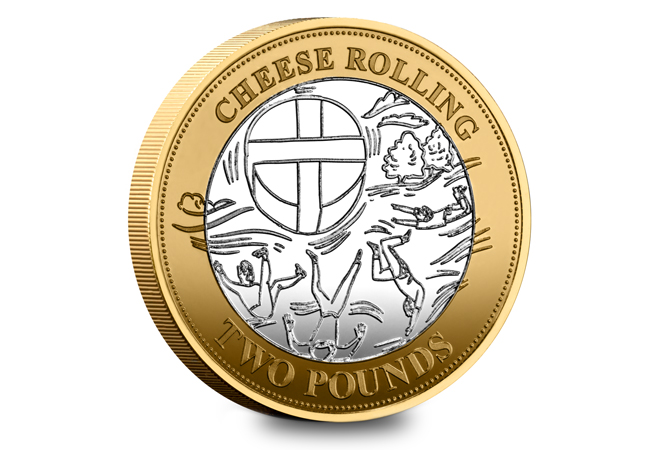
🧀 Cheese Rolling (Gloucestershire)
Every year, brave (or mad?) participants fling themselves down the steep slopes of Cooper’s Hill chasing a runaway wheel of Double Gloucester cheese. The result? Tumbling chaos, bruised egos, and a tradition that could only be British.
🎀 Maypole Dancing
A throwback to our medieval roots, Maypole Dancing sees children and adults alike weaving coloured ribbons to the rhythm of folk music — a celebration of spring, community, and timeless tradition.

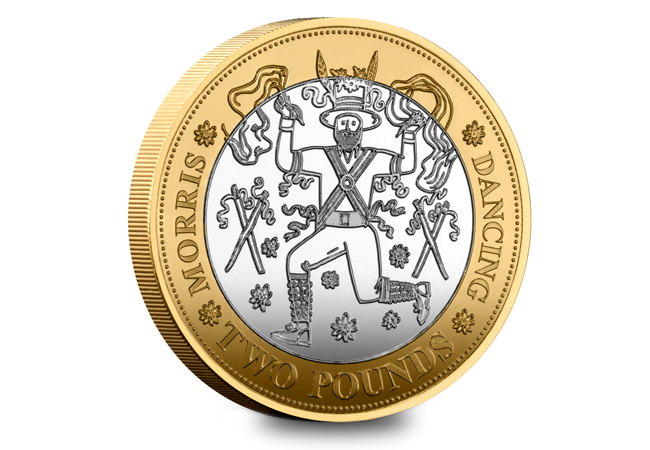
🔔 Morris Dancing
Jingling bells, clashing sticks, and vividly decorated costumes define this quintessential folk dance. Whether in village greens or market squares, Morris dancers embody the beating heart of traditional British celebration.
🍳 Pancake Racing (Olney)
Dating back to 1445, this tradition has apron-wearing competitors sprinting through the streets flipping pancakes mid-run. Why? Because Britain loves to turn the ordinary into the utterly extraordinary.
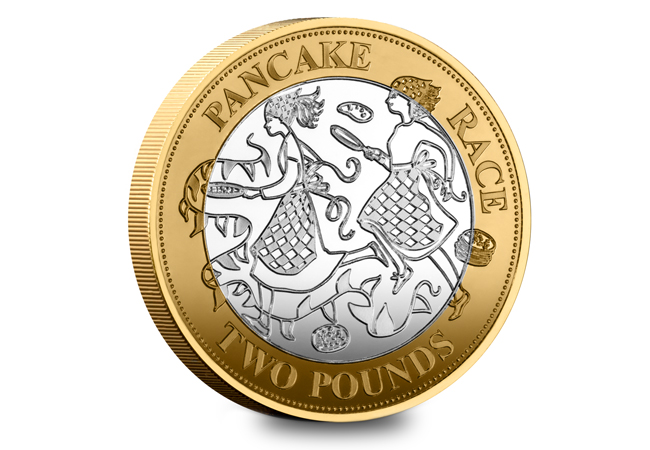
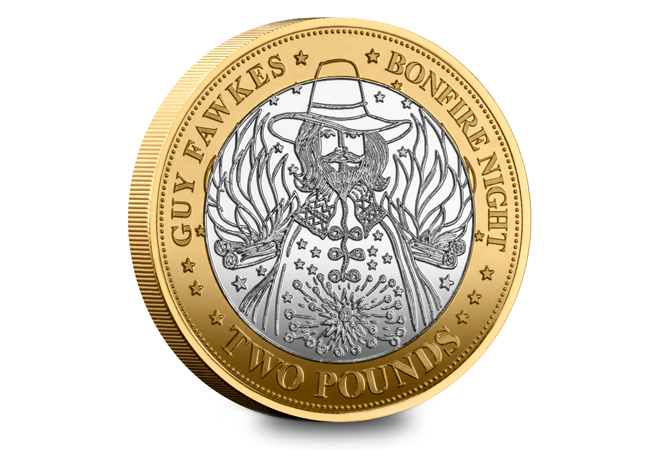
🎆 Bonfire Night
Guy Fawkes, fireworks, and fire-lit effigies: every 5th of November, Britain honours the failed Gunpowder Plot with a sparkling night of rebellion, remembrance, and roasted marshmallows.
Two Stunning Editions — But Only While Stocks Last
This unique collection comes in two finishes, both with their own appeal:
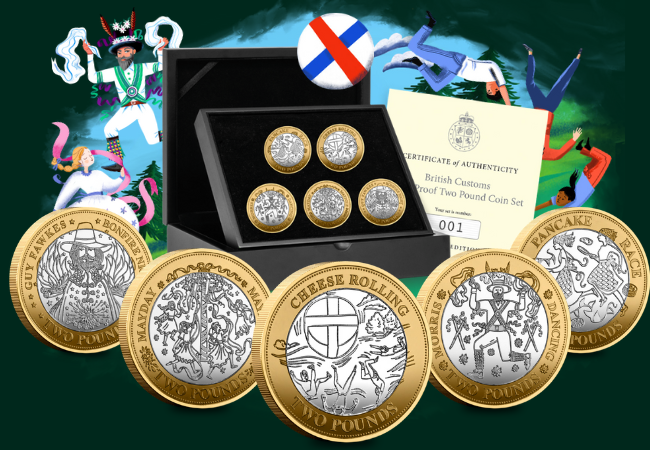
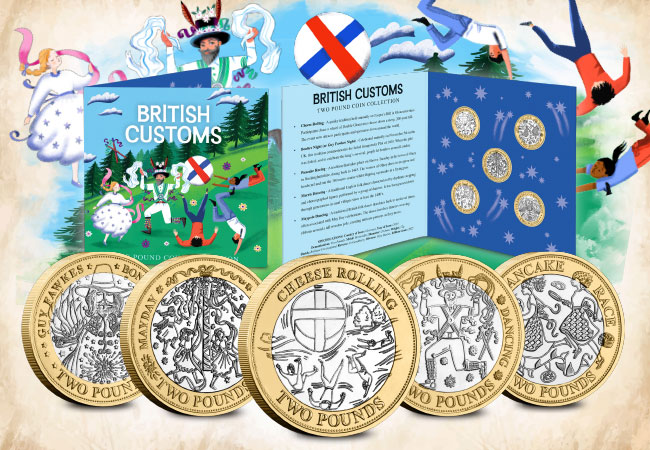
- 🥇 Sterling Silver Proof Set — Crafted in fine silver, each coin is selectively plated in 24-carat gold. With only 495 sets available worldwide, this is an elite, heirloom-quality tribute to Britain’s cultural curiosities.
- 🪙 Brilliant Uncirculated Set — Sharply struck with a pristine finish, this edition is limited to just 2,025 sets worldwide, offering a more accessible yet highly collectable way to enjoy these iconic designs.
Wonderfully Weird. Irresistibly British. Unmistakably Collectable.
At a time when British identity is being rediscovered and redefined, these coins offer a joyful reminder of what makes us unique. From folk festivals to fearless food-based sports, every coin in this set is a tiny masterpiece of nostalgia and national pride.
Whether you’re collecting for the artistry, the history, or simply for the love of the ludicrous, the Quirky British Traditions £2 Coin Collection is not to be missed.

Discover the full set and secure yours before they disappear faster than a pancake on Shrove Tuesday.
The Dambusters Raid: A Defining Moment of WWII History
In the dark early hours of May 16-17, 1943, a daring mission was underway—one that would change the course of the Second World War and etch the name “Dambusters” into military history.
Known as Operation Chastise, this audacious air raid targeted key German dams, aiming to cripple the industrial heartland of the Ruhr Valley. Now, over 80 years later, we continue to honour the courage and sacrifice of the men who took part in one of the most iconic operations of the Second World War.
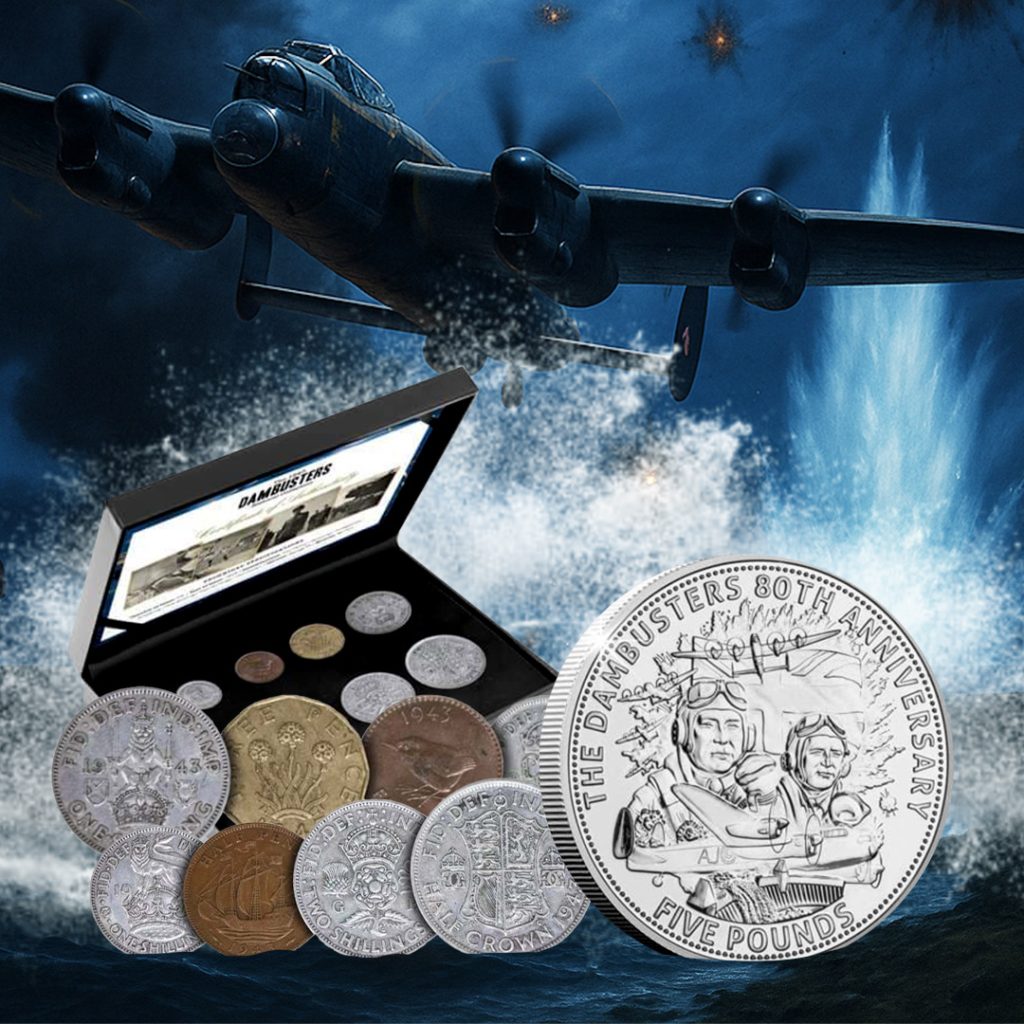
What Was the Dambusters Raid?
Led by Wing Commander Guy Gibson, 133 aircrew from the Royal Air Force’s newly formed 617 Squadron flew specially modified Lancaster bombers deep into enemy territory. Their mission: destroy the Möhne, Eder, and Sorpe dams using a revolutionary new weapon—the “bouncing bomb,” designed by British engineer Barnes Wallis.
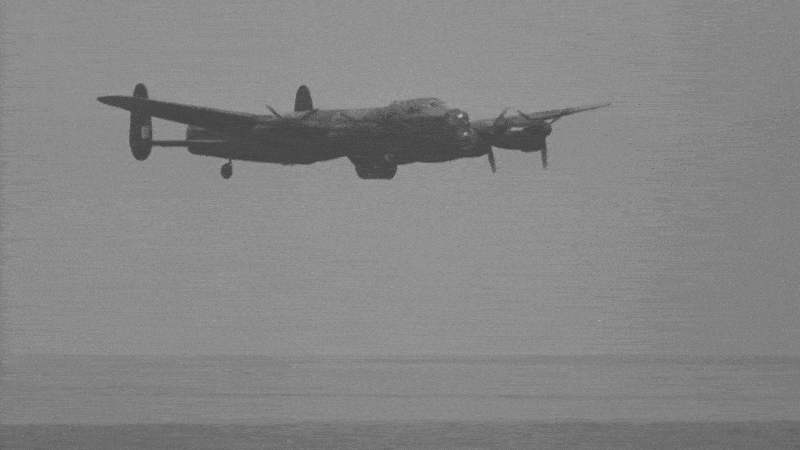
These bombs skipped across the surface of the water, bypassing torpedo nets, before detonating against the dam walls. The operation was incredibly risky, requiring precise flying at just 60 feet above the water under heavy enemy fire. The result was devastating: the Möhne and Eder dams were breached, flooding the surrounding countryside and causing significant disruption to German industry.
Although the raid came at a cost—53 airmen lost their lives—the bravery and ingenuity displayed left an indelible mark on military history.
A Rare Chance to Own a Piece of Dambusters History
To commemorate this heroic operation, two remarkable collectors’ items have been released—perfect for any WWII enthusiast or collector.
The Dambusters 1943 Historic Collection
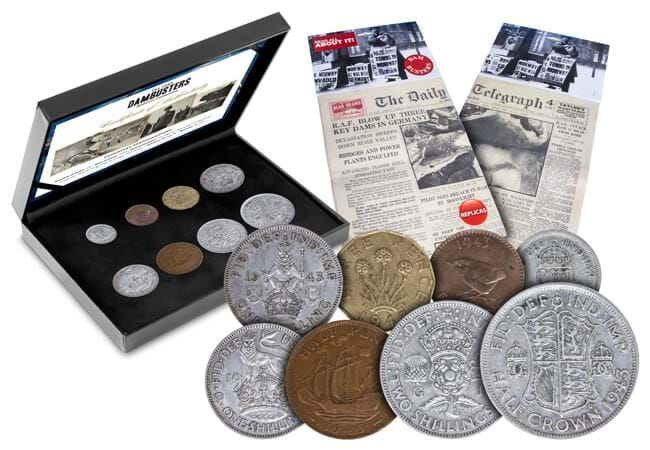
This stunning set features eight genuine circulating coins issued in 1943, the very same year as the Dambusters Raid. These coins are not replicas—they are authentic survivors of the war era, each carrying the legacy of a pivotal time in history.
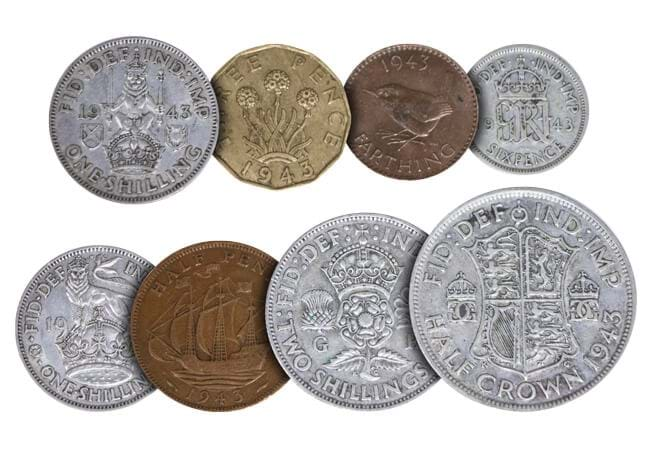
Also included is a replica of the original Daily Telegraph newspaper from May 18, 1943, giving you a vivid snapshot of how the raid was reported to the public in its immediate aftermath.
Housed in a luxury presentation case, this collection is strictly limited to just 200 worldwide—making it a rare and highly sought-after addition to any collection. With 2025 marking the 80th anniversary of VE Day, demand for wartime commemoratives like this is expected to soar.
The Official Dambusters 80th Anniversary £5 Coin
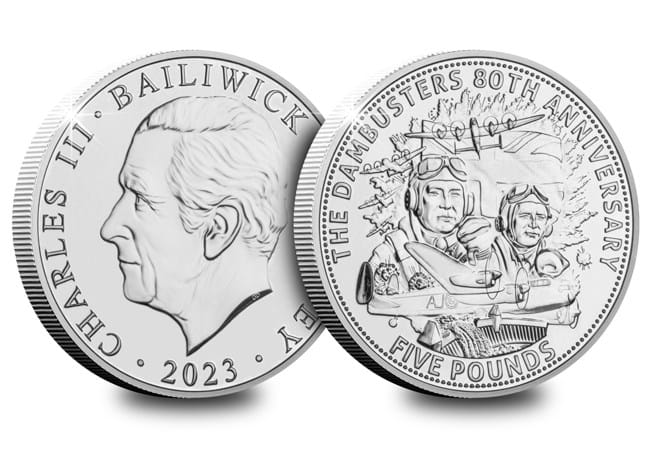
Released to mark the 80th anniversary of the raid, this official £5 coin has been authorised by Jersey and fully approved by Buckingham Palace. It’s an elegant tribute to the airmen and ground crews who participated in the mission, capturing the spirit of bravery and innovation that defined Operation Chastise.
Available exclusively from The Westminster Collection, this keepsake is yours for JUST £5 (+p&p) today when you trial the UK and British Isles £5 Coin Collection.



